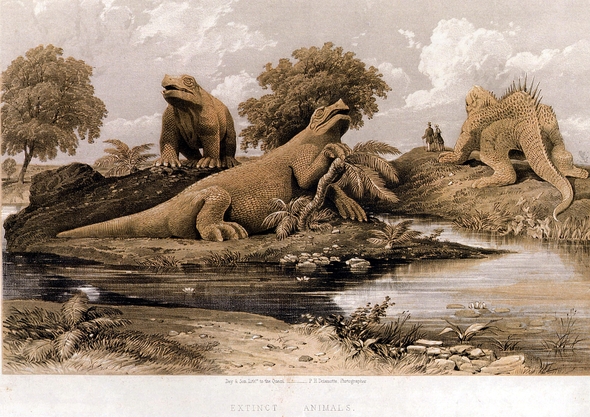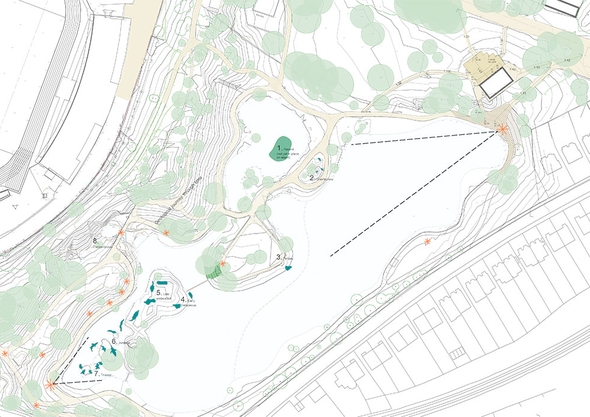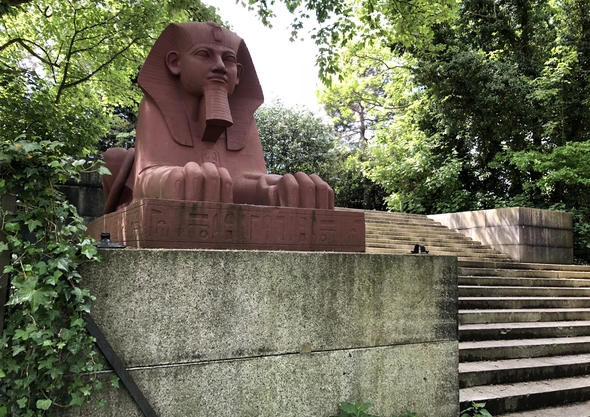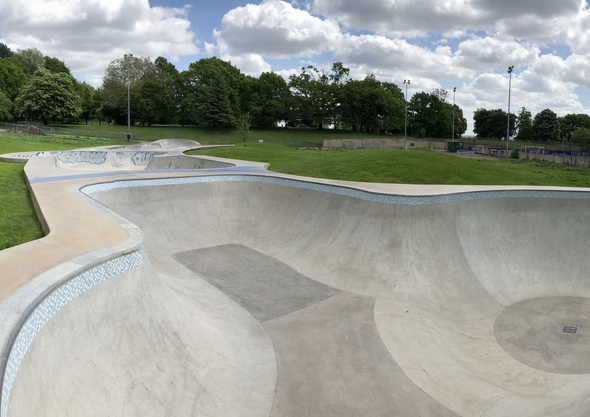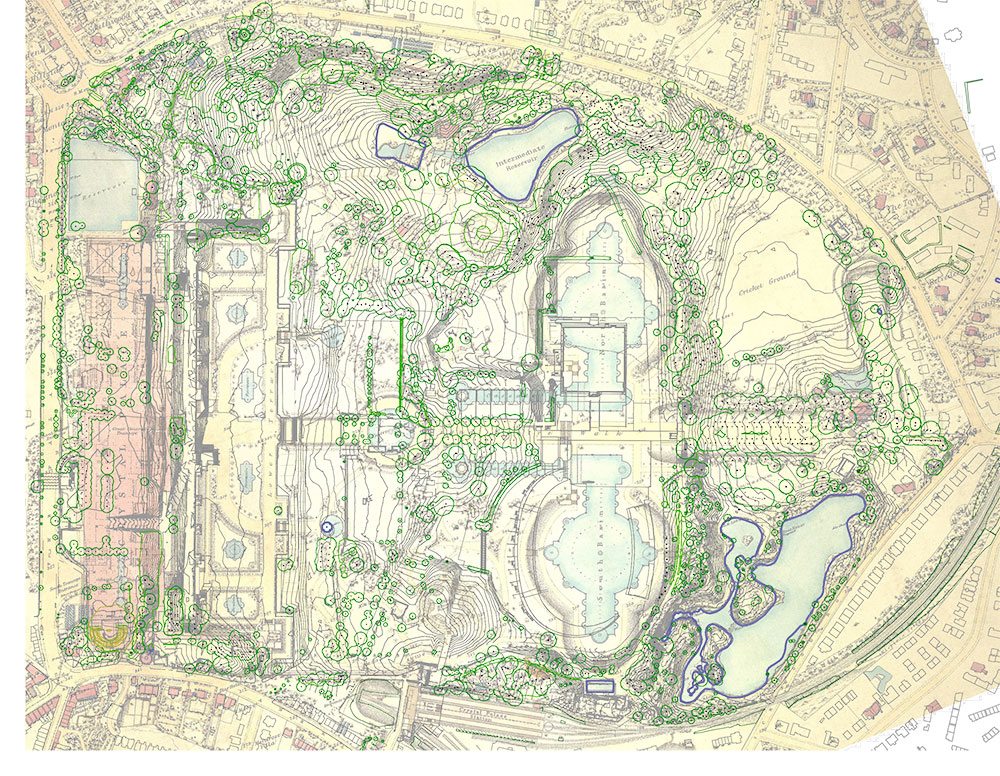Crystal Palace Park is Grade II* listed on the English Heritage Register of Historic Parks and Gardens. It is an area of archaeological significance.
The 200 acre park was created between 1853 and 1855 by Sir Joseph Paxton to house the ‘Crystal Palace’ home of the Great Exhibition, which had resided in Hyde Park. Paxton’s design was a celebration of the past, present, and future park design and use. Although the Palace itself burned down in 1936, the skeleton of Paxton’s celebrated design remains. The main objective of the improvement scheme is to re-enliven the core of the park, celebrate Joseph’s Paxton legacy by re-establishing features from his original vision, and create a more cohesive visitor experience by strengthening the connections between varied park features.
KLA led a multi disciplinary team of specialist consultants to explore the feasibility of nine landscape, architecture and conservation improvement projects.
Contemporary additions to the park, including the sighting and orientation of the new park cafe, have directly responded to Paxton’s ambition. The cafe’s setting for example was rigorously explored in terms of the central axis and sight lines to other elements in the park particularly the existing dinosaurs. The new cafe will support the ongoing conservation of the unique dinosaur models and geological illustrations.
2014–2018
Bromley, London
Client
London Borough of Bromley / Greater London Authority (GLA)
Value
£2.2m
Architect
Chris Dyson Architects
Consultant
Counterculture
Cost Consultant
Cinns Ltd
Engineer
The Morton Partnership
Graphic Design
Objectif
Crystal Palace Park is Grade II* listed on the English Heritage Register of Historic Parks and Gardens. It is an area of archaeological significance.
